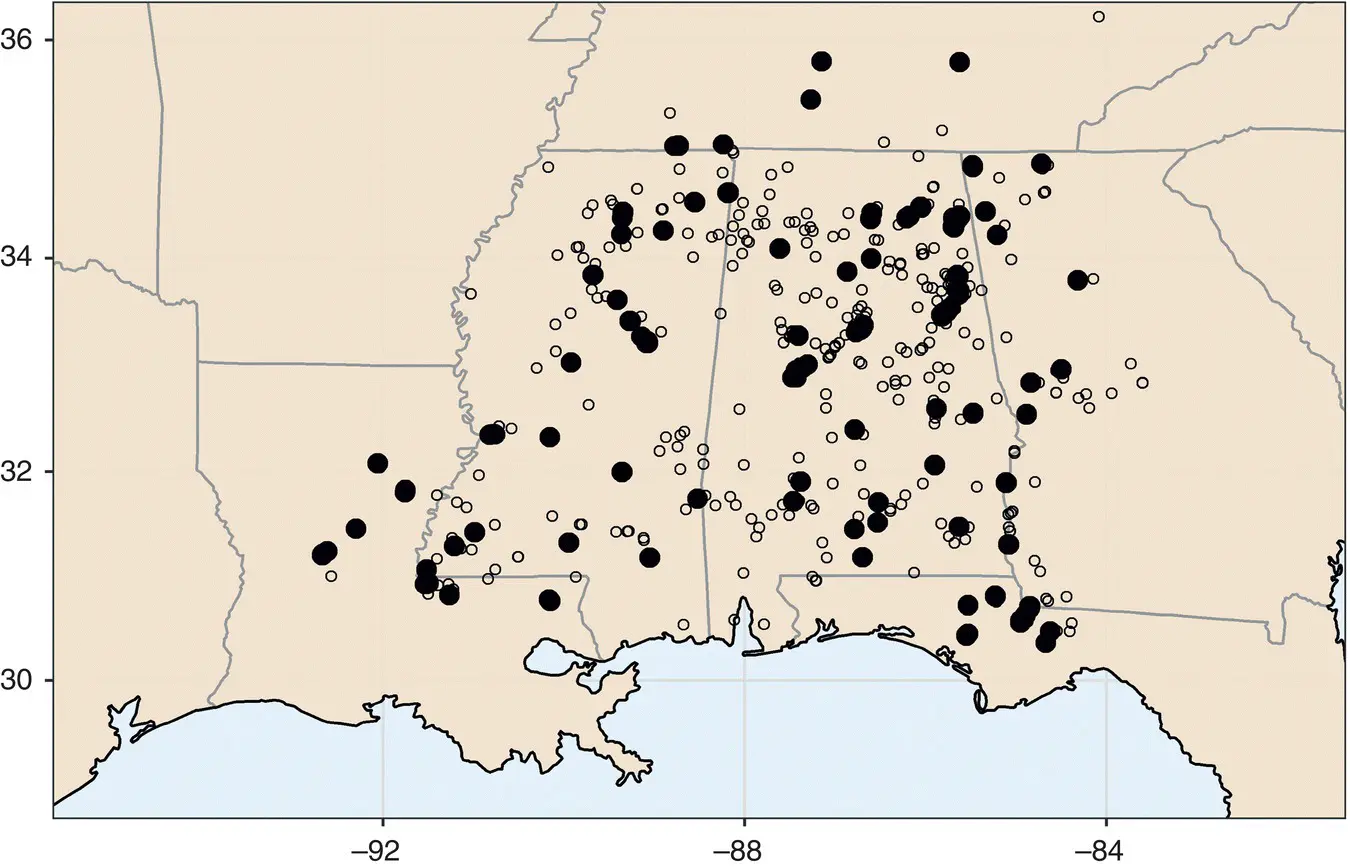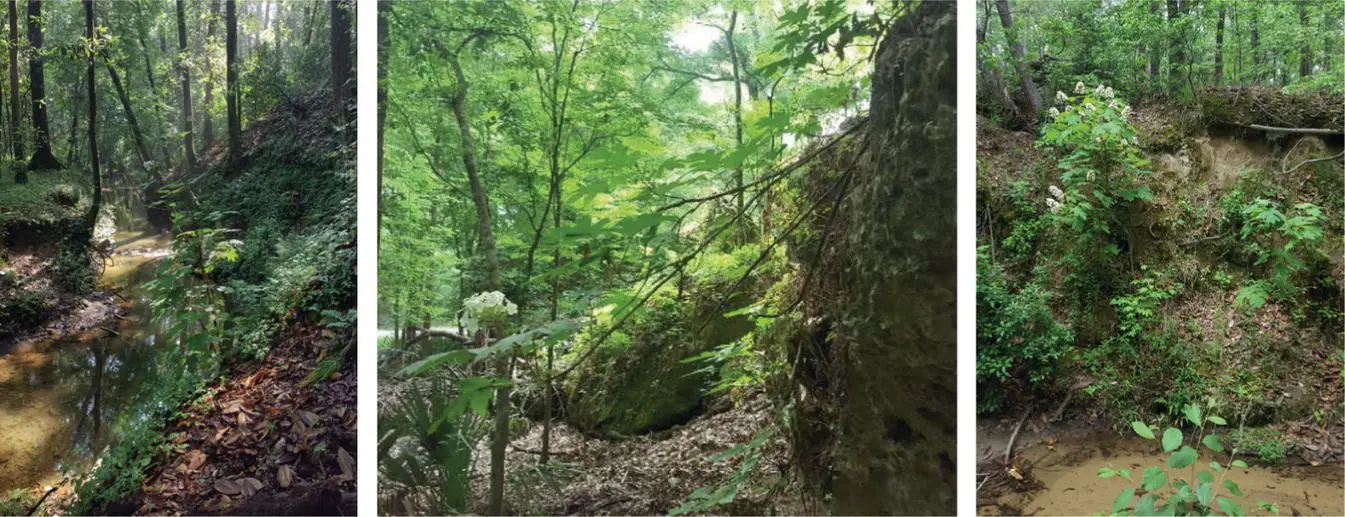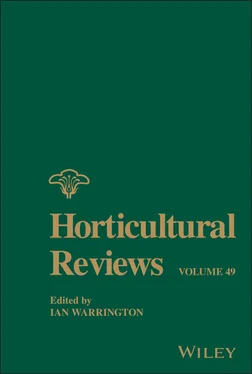Horticultural Reviews, Volume 49
Здесь есть возможность читать онлайн «Horticultural Reviews, Volume 49» — ознакомительный отрывок электронной книги совершенно бесплатно, а после прочтения отрывка купить полную версию. В некоторых случаях можно слушать аудио, скачать через торрент в формате fb2 и присутствует краткое содержание. Жанр: unrecognised, на английском языке. Описание произведения, (предисловие) а так же отзывы посетителей доступны на портале библиотеки ЛибКат.
- Название:Horticultural Reviews, Volume 49
- Автор:
- Жанр:
- Год:неизвестен
- ISBN:нет данных
- Рейтинг книги:3 / 5. Голосов: 1
-
Избранное:Добавить в избранное
- Отзывы:
-
Ваша оценка:
- 60
- 1
- 2
- 3
- 4
- 5
Horticultural Reviews, Volume 49: краткое содержание, описание и аннотация
Предлагаем к чтению аннотацию, описание, краткое содержание или предисловие (зависит от того, что написал сам автор книги «Horticultural Reviews, Volume 49»). Если вы не нашли необходимую информацию о книге — напишите в комментариях, мы постараемся отыскать её.
Hydrangea quercifolia
Horticultural Reviews, Volume 49 — читать онлайн ознакомительный отрывок
Ниже представлен текст книги, разбитый по страницам. Система сохранения места последней прочитанной страницы, позволяет с удобством читать онлайн бесплатно книгу «Horticultural Reviews, Volume 49», без необходимости каждый раз заново искать на чём Вы остановились. Поставьте закладку, и сможете в любой момент перейти на страницу, на которой закончили чтение.
Интервал:
Закладка:
Hydrangea section Cornidia is located almost exclusively in Mexico, Central America, and along the western coast of South America (McClintock 1957). The only exception within this section is H. integrifolia Sieb. which is found in Taiwan and the Philippines. This section contains at least 12 known species, including the relatively recently discovered H. albostellata (Samain et al. 2014) in Mexico. Species in this section are root‐climbing lianas that occur in the primary rainforest and are unique by being functionally dioecious and having evergreen leaves. Interestingly, many of the species which occur in the tropical regions of South America are confined to the high altitudes of the Andes Mountains where the climate is more temperate (McClintock 1957). Several of these species are at risk of extinction due to habitat loss (Samain et al. 2014) and further exploration is required to determine if more previously undescribed taxa exist.
In Asia, Hydrangea are distributed from the Himalayan Mountains in the west to Japan in the east and south to the Indonesian islands. Some of the Asian taxa are confined to the islands on the eastern edge of the continent (i.e., H. sikokiana Maxim. , H. hirta Sieb., and H. involucrata Sieb. are mostly found in Japan). However, most of the Asian hydrangeas are also distributed across the continental mainland (McClintock 1957).
Several Hydrangea fossils have been discovered, including in Alaska (Hollick 1925), Idaho (Niklas and Brown 1981), and Oregon (Manchester 1994). Although the evidence is limited to sepal fossils for the Idaho and Alaska specimens, a more complete inflorescence represents the specimen from Oregon. Based on the available evidence it seems as though the specimens may represent extinct species and suggests that the prehistoric range of hydrangea in North America was much larger.
IV. HISTORY AND DISTRIBUTION OF OAKLEAF HYDRANGEA
Oakleaf hydrangea was first encountered by William Bartram during his 1773–1777 exploration mission throughout the southeastern United States. He published the first description of the species in his monograph describing his travels (Bartram 1791). The first specimen he described was located along the “brook called Sweet Water” (which is possibly now known as Sweetwater Creek, west of Macon, GA) in south‐central Georgia (Bartram 1791). The species was introduced to Europe in 1803 but details of the export remain elusive (Lawson‐Hall and Rothera 1995).
According to the USDA Plants Database and maps from McClintock (1957), the natural range of occurrence for the species covers six states: from Tennessee south along the western edge of Georgia into the panhandle of Florida and across to the western edge of Mississippi, south to the border of Louisiana and Mississippi, only crossing the Mississippi river as disjunct populations in certain locations in Louisiana. No fine‐scale map exists for the species, although locations of herbarium specimen collections inform where certain populations have existed historically ( Figure 1.3).
Hydrangea quercifolia requires well‐drained soils and is typically found in the understory of undisturbed deciduous forest stands on steep riparian hillsides, outcroppings, or bluffs ( Figure 1.4). The species is currently found in relatively disjunct populations except in the northern half of Alabama, where it grows as a nearly continuous population (A. Sherwood, pers. observ.). H. quercifolia has been observed growing directly out of rock with little to no apparent soil present, indicating that rich soil is not a requirement for plants to grow and thrive. Although H. quercifolia often tends to occur in calcareous soil, this does not appear to be a requirement nor a limiting factor to its natural distribution, as populations have also been observed growing in soils with various mineral compositions as well as rich organic soils on the banks of rivers. In these cases, the absence of stagnant or slowly moving water does seem to be a requirement, as H. quercifolia has only been observed along intermittent (seasonal) streams or quickly moving water and never in accordance with slowly moving rivers, standing water, or saturated soil.
Hydrangea quercifolia appears to form clonal clumps in the wild, which are likely propagated by layering of lower branches and rhizomes, and the ramets may or may not be still attached to the parent plant. A similar phenomenon has been observed for H. arborescens (Pilatowski 1982) although this was not studied in detail. Clonal spreading has also been shown to occur in H. paniculata in Japan (Kanno and Seiwa 2004), which is similar in growth habit to H. quercifolia in that they both are able to form small trees or large slowly spreading shrubs. Kanno and Seiwa (2004) found that the relative distribution of clonal and seedling recruitment was largely due to light intensity and leaf litter, which were increased in forest gaps and decreased as gap succession proceeded. H. paniculata requires high light intensity to flower in comparison to H. quercifolia , which is more tolerant of heavy shade (Dirr 2004). However, H. quercifolia seeds are about half the size of H. paniculata (Hufford 1995), which decreases their ability to germinate in thick leaf litter (Kostel‐Hughes et al. 2005). This suggests that the dynamics of clonal growth in H. quercifolia may also be affected by forest gap dynamics, although the response may differ from that observed in H. paniculata . This response could be manifested in H. quercifolia as an overrepresentation of clonal propagation in heavily shaded forests and higher seed representation on ridges with less competition for light. These responses may be due to decreased flowering and, therefore, decreased seed production in heavy shade, as well as longer shoot growth under high competition growth conditions (A. Sherwood, unpubl.), which could contribute to increased propagation by layering. However, little is known about seed dispersal in oakleaf hydrangea, and knowledge of this phenomenon would contribute to an understanding of propagation in the wild.

Figure 1.3 Map of historic herbarium specimens and recent samplings. Small open circles indicate approximate location of herbarium specimens collected between 1882 and 2017. Larger solid points indicate location of oakleaf hydrangea confirmed by the author in 2017 and 2018. Note: many of the herbarium specimen collection sites were also searched but Hydrangea could not be located; this is discussed in the Conservation section.

Figure 1.4 Photographs of Hydrangea quercifolia in its natural habitat. Left photograph shows representative seasonal streambank population. Center photograph shows flowering H. quercifolia growing out of bedrock. Right photograph shows small population growing out of near‐vertical bluff.
( Source : Photo credits: A. Sherwood.)
V. MORPHOLOGY OF OAKLEAF HYDRANGEA
The phenotypic diversity in H. quercifolia is less than that of other Hydrangea species. In her 1957 monograph of the genus, McClintock notes that oakleaf hydrangea is “remarkably uniform throughout its range” and a review of the available cultivars confirms this phenomenon (discussed in further detail below) (McClintock 1957). There is little variation in the growth habit other than overall size; dwarf forms are available, but all display a broadly mounded habit. Variation exists in floral characteristics to an extent, mostly in size of panicle and sepals, but also in coloration and flowering time.
Читать дальшеИнтервал:
Закладка:
Похожие книги на «Horticultural Reviews, Volume 49»
Представляем Вашему вниманию похожие книги на «Horticultural Reviews, Volume 49» списком для выбора. Мы отобрали схожую по названию и смыслу литературу в надежде предоставить читателям больше вариантов отыскать новые, интересные, ещё непрочитанные произведения.
Обсуждение, отзывы о книге «Horticultural Reviews, Volume 49» и просто собственные мнения читателей. Оставьте ваши комментарии, напишите, что Вы думаете о произведении, его смысле или главных героях. Укажите что конкретно понравилось, а что нет, и почему Вы так считаете.












